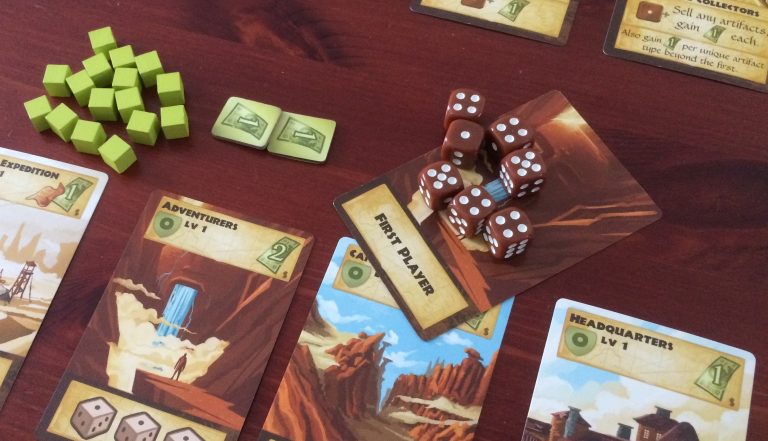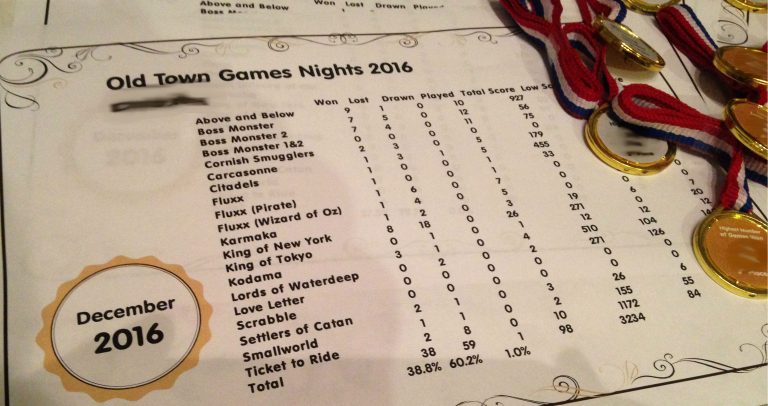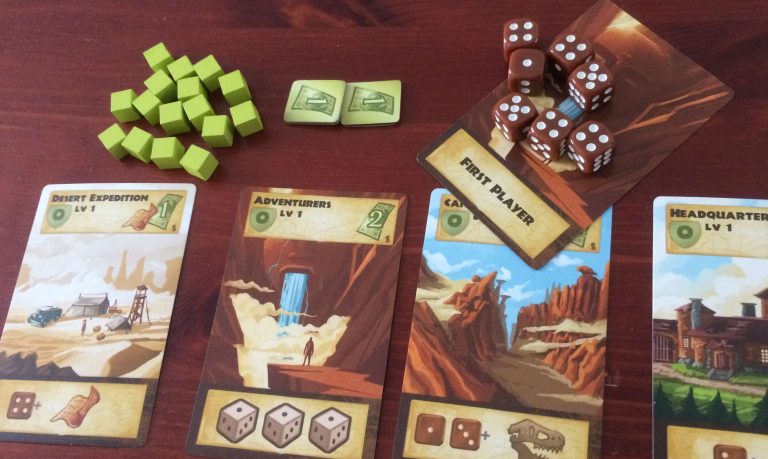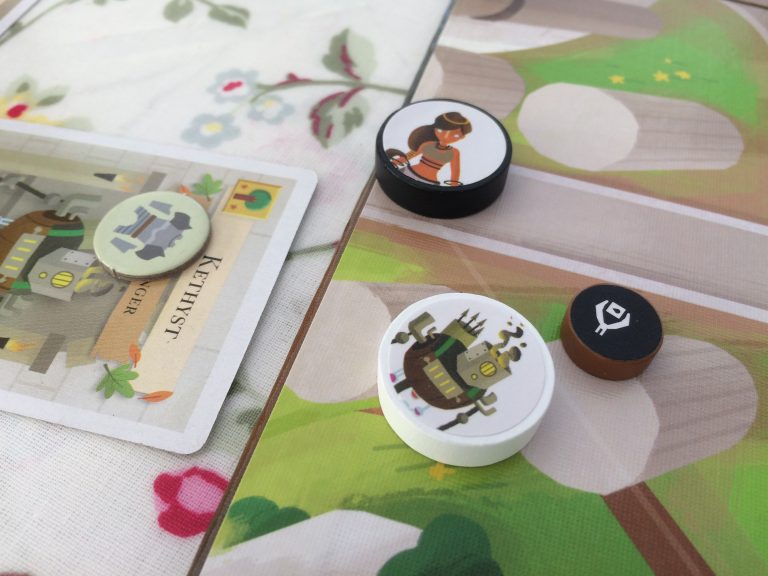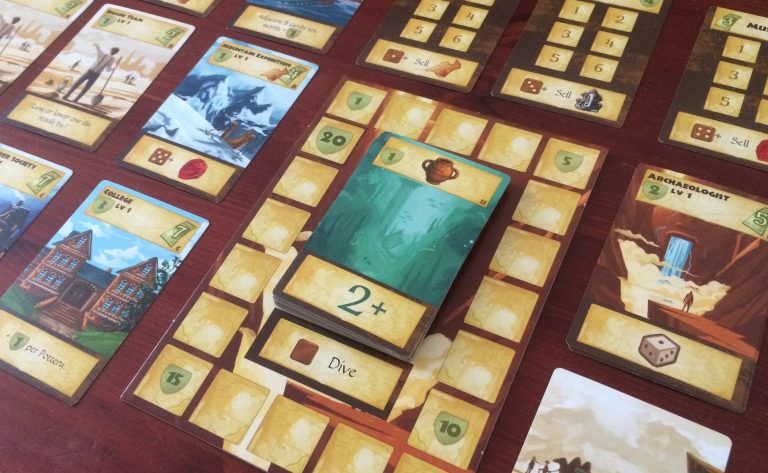Dice mechanics
We all know classic dice rolling games, like Yahtzee, or games using dice to decide the outcome of battles or events. You may also have heard of, and probably even played, roll and write games, such as Roll to the Top, Avenue, The Castles of Burgundy: The Dice Game and many more. However, more recent games use dice in quite different ways, creating interesting game mechanics that I want to talk about.


